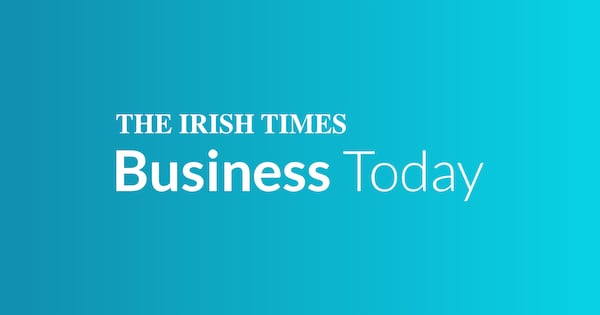US President Donald Trump said he was likely to impose tariffs on pharmaceuticals as soon as the end of the month and that levies on semiconductors could come soon as well, suggesting that those import taxes could hit alongside broad “reciprocal” rates set for implementation on August 1st.
“Probably at the end of the month, and we’re going to start off with a low tariff and give the pharmaceutical companies a year or so to build, and then we’re going to make it a very high tariff,” Mr Trump told reporters Tuesday as he returned to Washington after attending an artificial intelligence summit in Pittsburgh.
Mr Trump also said his timeline for implementing tariffs on semiconductors was “similar” and that it was “less complicated” to impose levies on chips, without providing additional detail.
The news will escalate concerns in Government circles given the importance of those two sectors to Irish exports.
READ MORE
At a Cabinet meeting earlier this month, Mr Trump said he planned to impose a 50 per cent tariff on copper in the coming weeks, and that he expected pharmaceutical tariffs to grow as high as 200 per cent after giving companies a year to bring manufacturing back to the US.
Mr Trump has already announced investigations under Section 232 of the Trade Expansion Act of 1962 on drugs, arguing a flood of foreign imports was threatening national security.
Any tariffs could immediately impact drugmakers like Eli Lilly, Merck/MSD and Pfizer, all of which have major manufacturing capacity in the Republic – and risks driving up costs for US consumers. So does Mr Trump’s plans for semiconductor tariffs, which are expected to hit not only the chipmakers like Intel themselves but popular products like Apple and Samsung Electronic laptops and smartphones.
The threat came after Mr Trump in recent days sent letters to a number of trading partners including the European Union unilaterally dictating the rates for tariffs on many imports – while maintaining he would continue to carry out negotiations.
Earlier Tuesday, Mr Trump announced an agreement with Indonesia reducing the 32 per cent rate announced in one of the letters to 19 per cent. Indonesia agreed to purchase $15 billion (€12.9 billion) in US energy, $4.5 billion worth of agricultural products and 50 Boeing jets as part of the agreement, the US said.
Mr Trump predicted that he could strike “two or three” trade deals with countries before implementing his so-called reciprocal tariffs on August 1st, saying that an agreement with India was among the most likely.
The president told reporters the US was engaged in substantive discussions with between five and six countries, but that he wasn’t necessarily inclined to finalise agreements over simply dictating a tariff rate.
“I would say India, and we have a couple of others, but I have to tell you, for the most part, I’m very happy with the letters,” Mr Trump said.
The president also said that he was likely to impose a standard tariff of “probably a little over 10 per cent” on smaller countries that did not receive tailored rates.
Earlier Tuesday, Mr Trump said representatives from the European Union – which faces a 30 per cent tariff – would be meeting US negotiators this week. After returning from Pittsburgh, Mr Trump said that while some countries had indicated a willingness to “open” trade after his threats – including South Korea – others, like Japan, had not.
He also dismissed concerns that his threat earlier in the week to impose “secondary” tariffs on Russian trading partners if Moscow did not agree to a ceasefire with Ukraine could impact US consumers, even as experts warned the president risked driving up energy costs with his plan.
“I don’t think so. I think that whole thing is going to go away,” Mr Trump said. – Bloomberg











